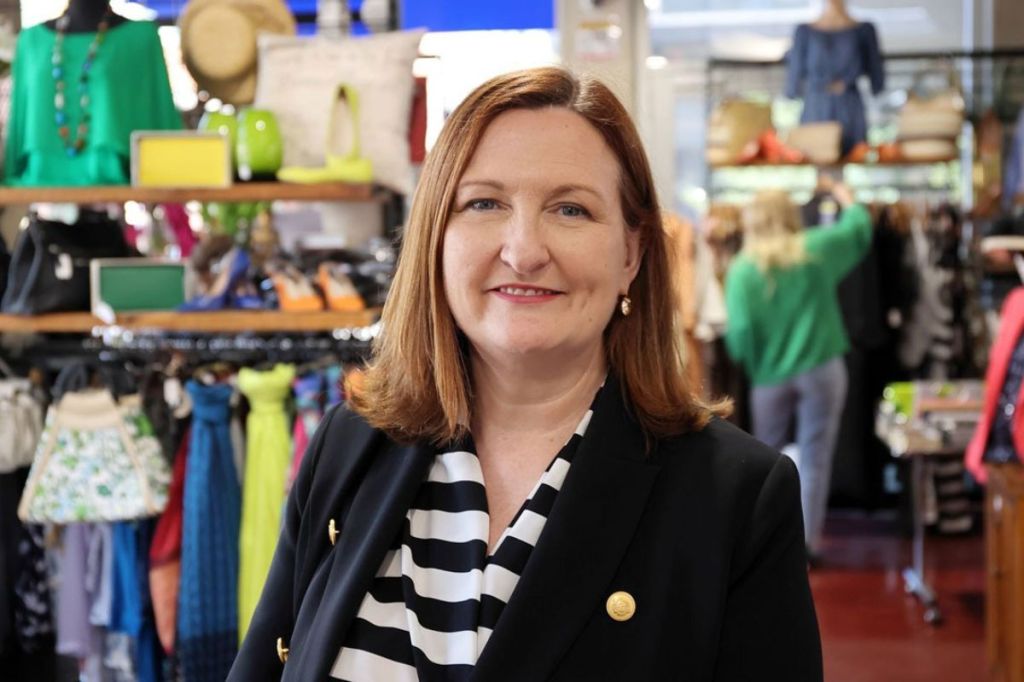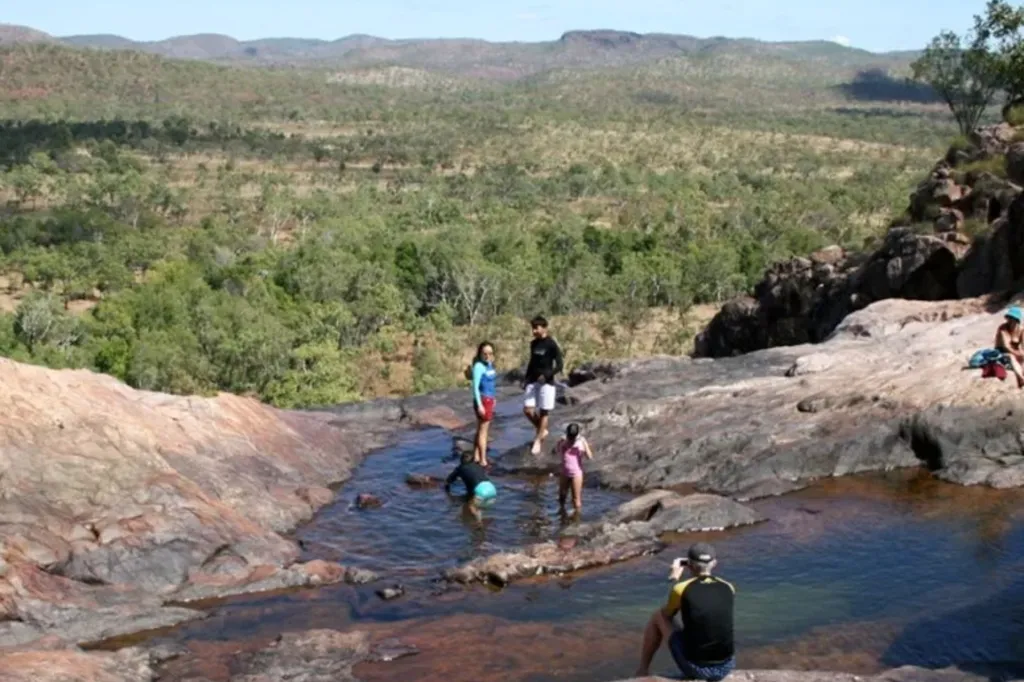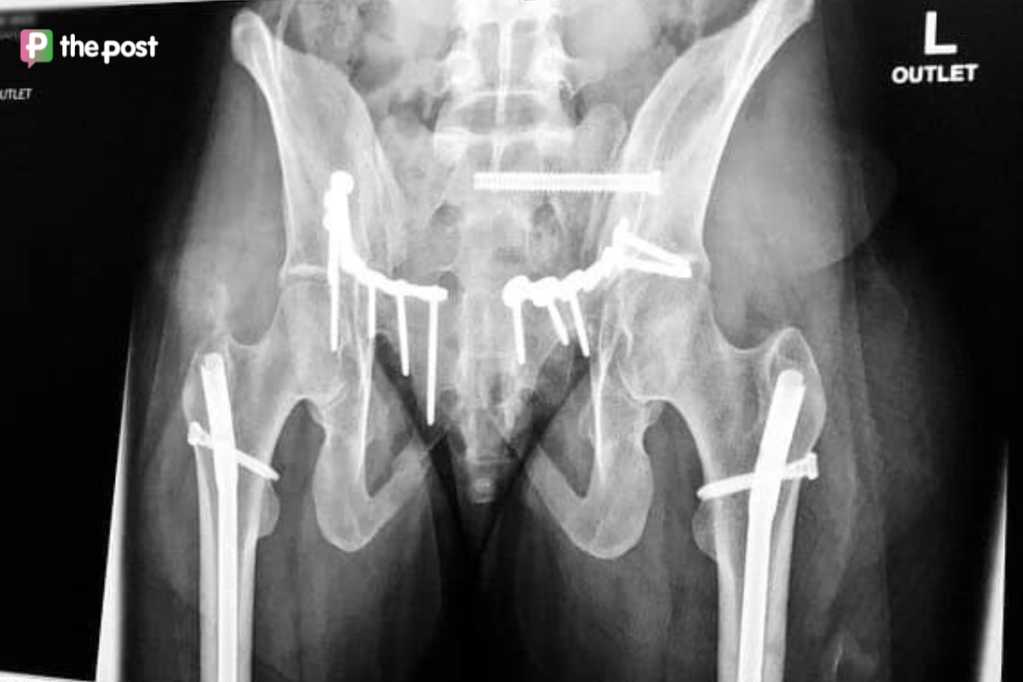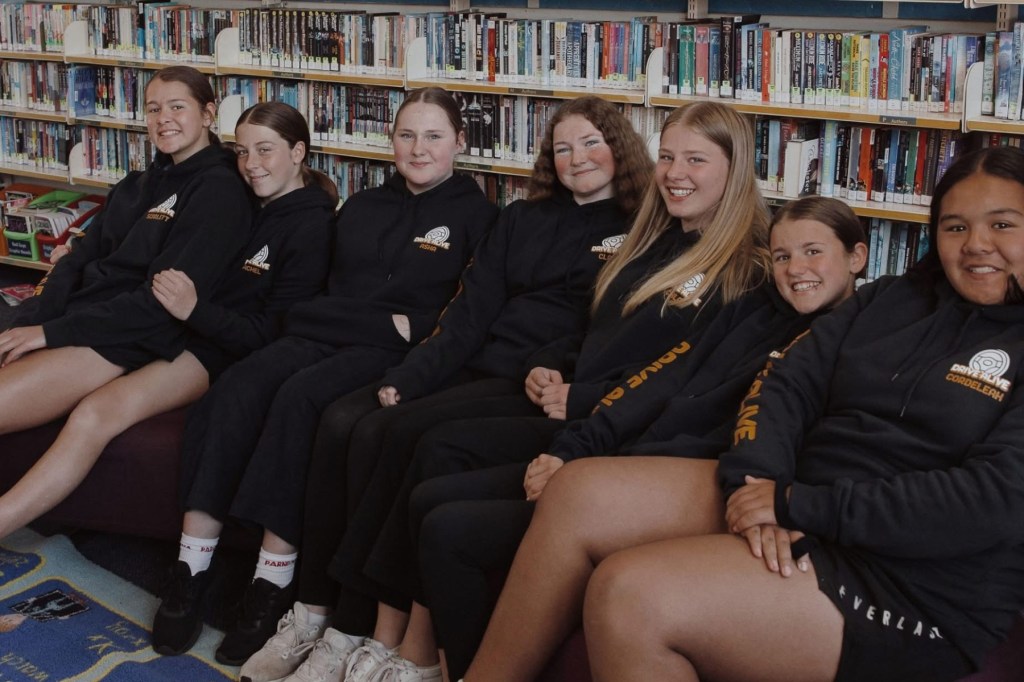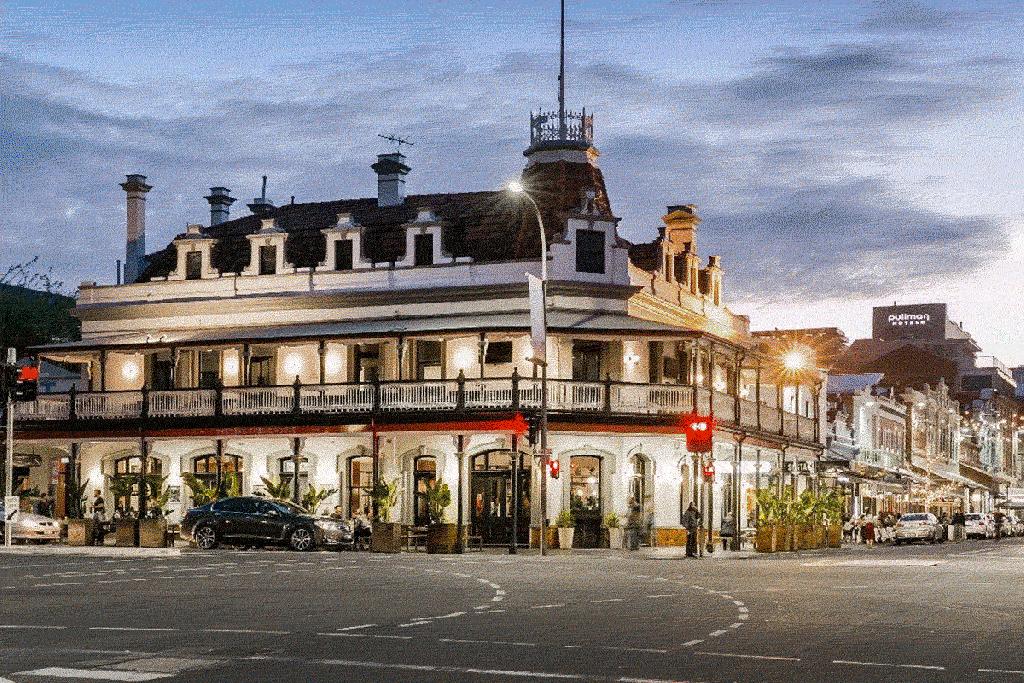Two-thirds of Australians are at risk of developing skin cancer
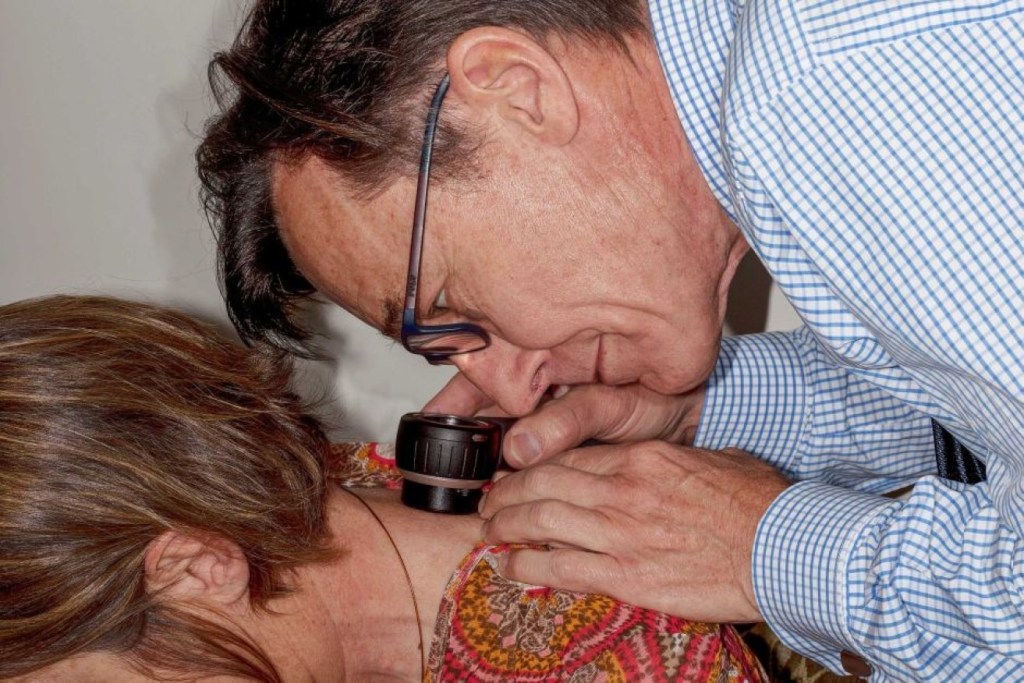
Two in three Australians are at risk of developing skin cancer, according to data released to coincide with National Skin Cancer Action Week this week.
The findings, based on data from health insurer nib’s Skin Health tool in partnership with Cancer Council NSW, examined the results from 23,000 users who used it to complete skin checks, receive skin cancer risk ratings, advice on self-examination and information regarding skin cancer.
Some 61 per cent were considered at medium to high risk of developing skin cancer according to the user’s risk rating.
Dr Rob McGrath, chief medical officer at nib, said early detection is crucial to treating skin cancer and reducing death.
“It’s very concerning that our data shows so many Australians are at medium to high risk for skin cancer,” he said.
“The good news is that when detected early, at stage one, melanoma is highly treatable, with a five-year survival rate of over 99 per cent.”
Deadly melanoma
You might like
Melanoma is the most common form of skin cancer, with previous research revealing that nearly 17,000 Australians are diagnosed each year.
Craig Sinclair, head of prevention at the Cancer Council Victoria, previously told The New Daily that skin cancer has the highest burden of any cancer on the health system in Australia.
“Two out of three Australians, at some point in their life, are likely to be treated for some form of skin cancer,” he said.
“The ones we are most worried about are melanomas as they can be deadly if left untreated because they metastasise and cause other cancers.”
He said Australia has been fortunate that decades of campaigns have made people aware of the dangers of skin cancer.
“In summer, if you’re out in the middle of the day, the first signs of sunburn will occur in less than 15 minutes,” he said.
“This goes to show the intensity of the sun that we experience in this country.”
Stay informed, daily
About 1500 Australians die each year from melanoma and skin cancers.
Australia’s cancer
Australians face unique risks from skin cancer because of strong UV levels, fair skin in a large percentage of the population, and cultural habits.
About two in three will be diagnosed with skin cancer within their lifetime because of this and the rate of skin cancer has been steadily growing since the 1980s.
Ed Close, chief executive of Australian Residents Health Insurance at nib, said it is important that Australians have access to prevention and early detection.
“With the alarming skin cancer rates in Australia, it was crucial for us to develop a tool that helps both nib members and non-members to better understand their skin health,” he said.
“Prevention and early detection are key, as well as ensuring you have the right level of health cover if you need further care.”
The Cancer Council recommends that people consult their doctor about changes to their skin. If they are high-risk, they should get full skin examinations every six months.
“Skin examinations conducted by a doctor, using dermoscopy, are recommended for the early detection of skin cancer,” the Cancer Council said.
“Doctors examining lesions to detect skin cancer should be trained in and use dermoscopy.”
Those at the highest risk are people with fair skin who tend to burn rather than tan, people with freckles, light eye colour, light or red hair, people with an increased number of unusual moles, depressed immune systems, a family history of melanoma and/or previous cases of melanoma.
